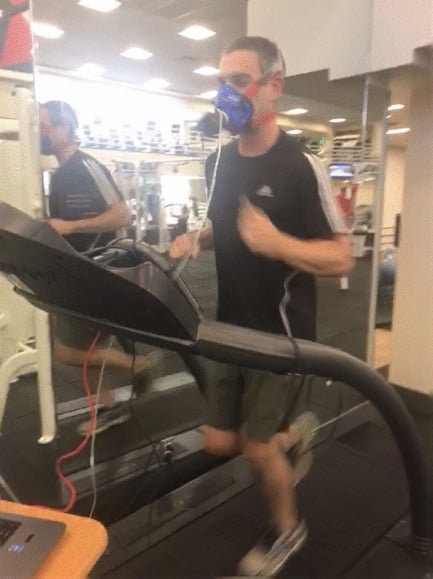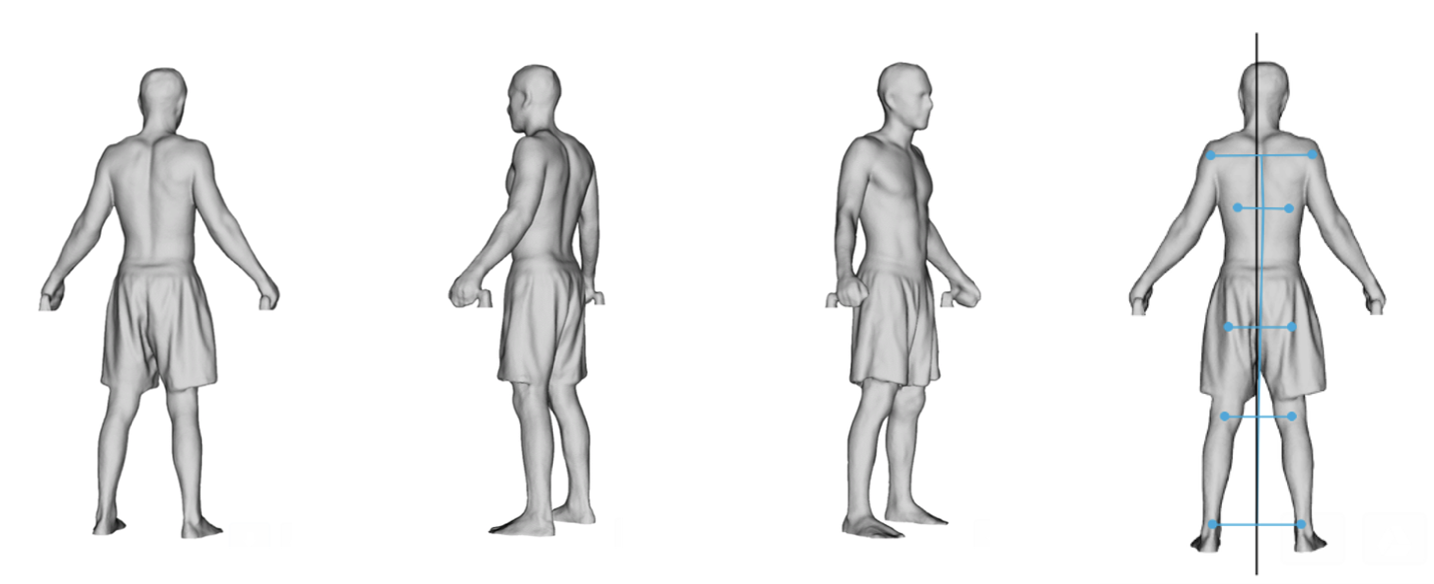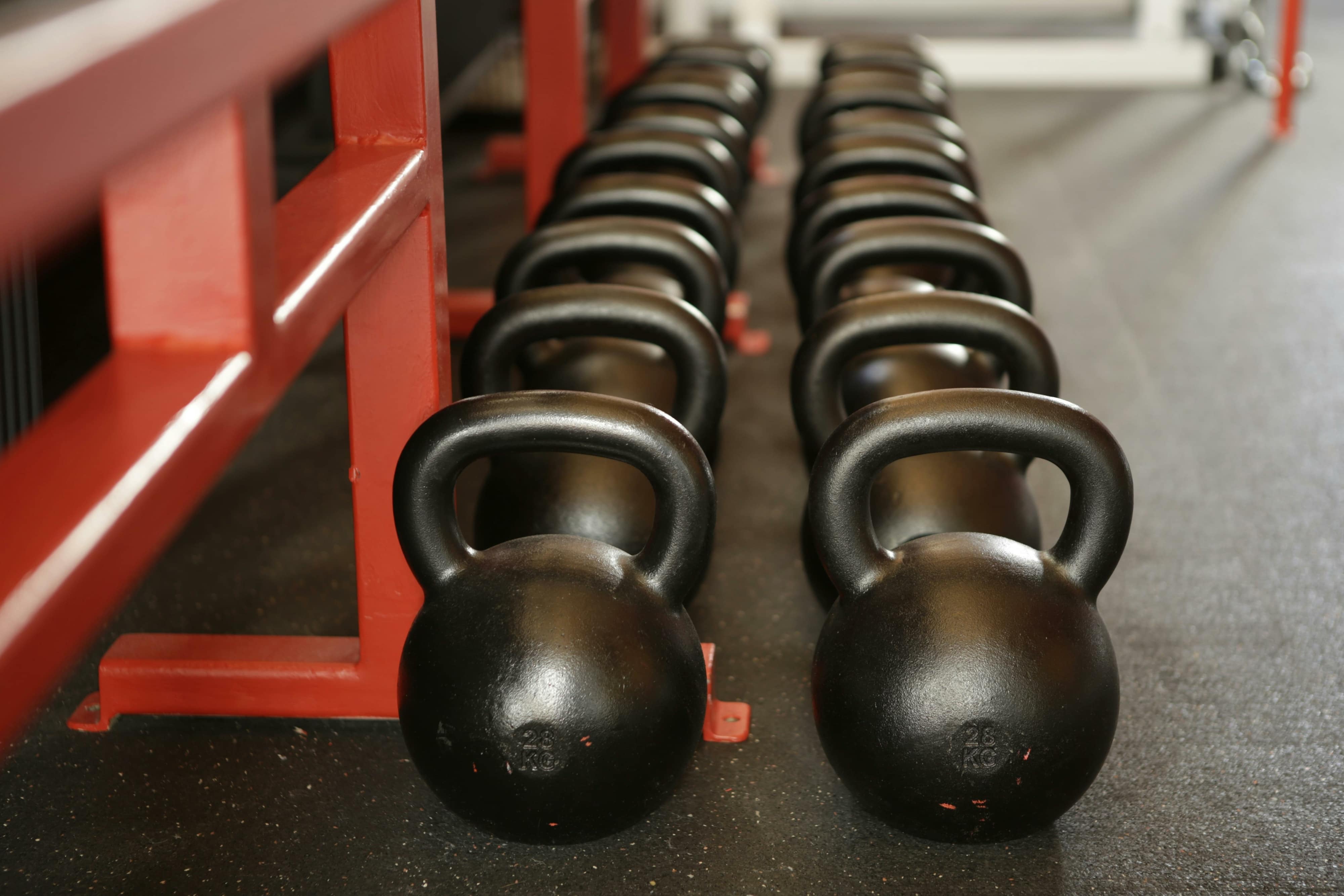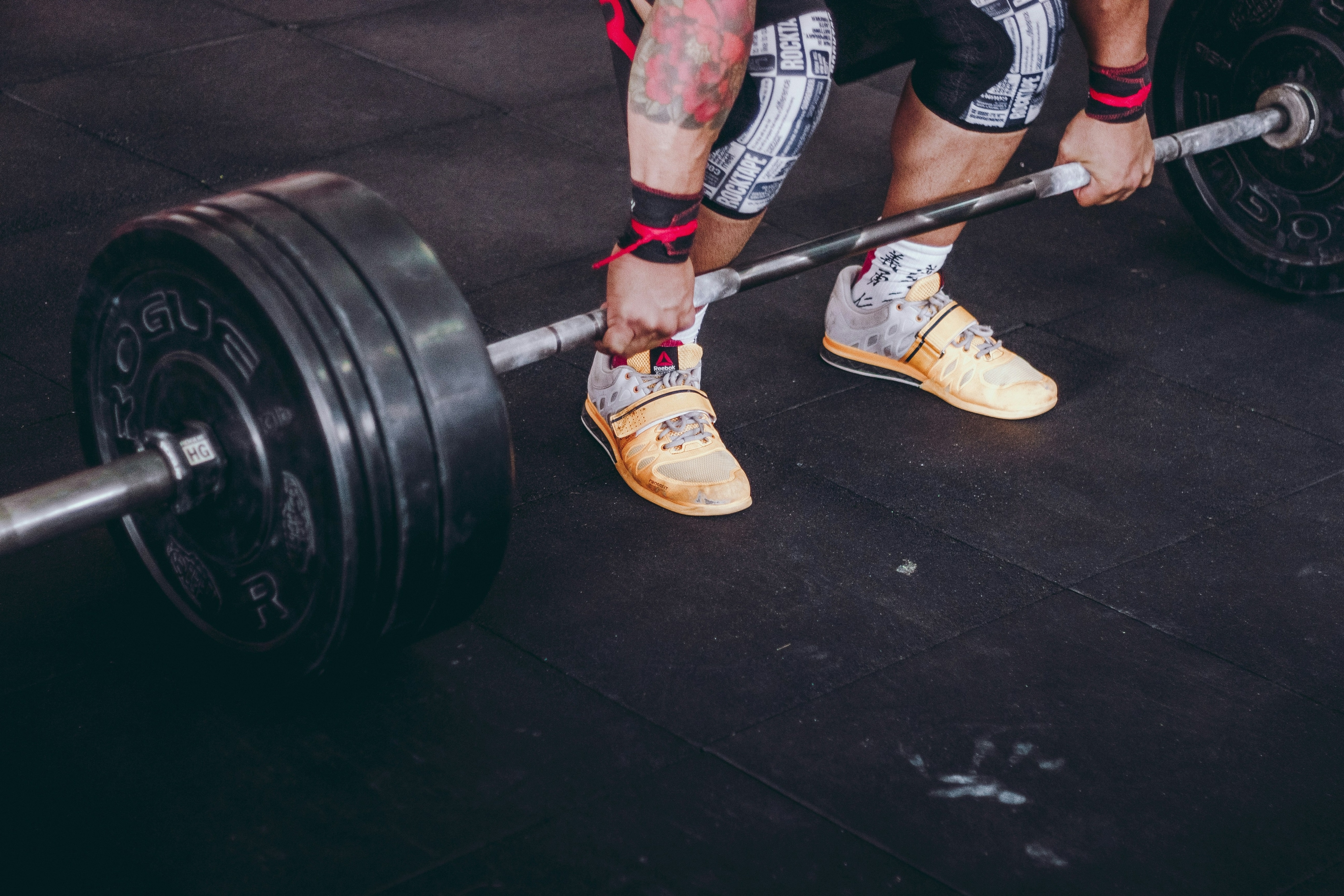The path to good health and fitness is similar to driving directions. You may find your way to your destination based on suggestions from friends or family. But you will have greater success, and with much greater efficiency, if you know where you are starting and how you are doing along the way.
And while our bodies don’t have as many sensors as our cars do, there are a variety of tests that collect personal fitness and nutrition data that can greatly help you reach your goals. As Peter Drucker once famously wrote, “What gets measured gets managed.”
BMR: Your Minimum Caloric Needs
Your basal metabolic rate (BMR) is often defined as your minimal energy requirement for life. These calories, burned while at rest, are what keep you heart beating and lungs breathing, among other tasks.
Many fitness centers and health clinics can perform a BMR test, but it will require you to fast—usually for at least 12 hours beforehand. You also are typically instructed not to partake in any exercise for the same time period beforehand, because both diet and exercise will affect your results.
During the test you wear a heart monitor and a mask that measures the oxygen you breathe in alongside the carbon dioxide you breathe out while sitting or laying still for at least 20 minutes.
Your BMR varies by age but is largely determined by your body composition. For example, gaining weight will increase your BMR, gaining lean muscle muscle will increase BMR further, and losing it does the opposite.
VO2 Max: A Measure of Cardiovascular Health (and Possibly Longevity)
The typical way to perform a VO2 max test is on the treadmill (although other methods are possible, too). You’ll wear a mask that analyzes your breathing, as well as a heartrate monitor.
Here was my experience. First, I stood still on the treadmill for a minute to let the data stabilize. Then, the treadmill jumped to a speed of 4.0 mph and remained there for a minute. Then, it began to climb by 0.1 mph every so often until I couldn’t take it anymore.

From an array of data, three numbers stand out. Your VT1 documents your ability to endure aerobic activity within the early stages of increasing heart rate, while your VT2 records your oxygen utilization and anaerobic activity at very high heart rates near the end of the test. Together, they determine your VO2 max.
These numbers are a measure of your cardiovascular fitness and can help shape your workout plans to meet your goals. But researchers have also shown a strong correlation between VO2 max and longevity. In fact, this so-called Fitness Age appears to be a better predictor of longevity than many standard measures like obesity, blood pressure, or smoking!
Body Mass Breakdown
● Body Mass Index (BMI): Online BMI calculators can easily take your weight and height to produce a value for your BMI. This is the number most major health organizations use to determine if you are underweight, within a normal weight, overweight, or obese. While there are inaccuracies with this method because it doesn’t take into account where the weight comes from (bodybuilders come to mind).
● Waist-to-Hip Ratio: This measurement, although slightly less popular than BMI, is also simple to measure and potentially more important. By measuring the circumference of your waist at its narrowest point (usually above the navel) and the hip at the widest point (around the buttocks) using a measuring tape or 3D body scan, you can calculate this ratio by dividing the waist value by the hip value. Weight carried around the stomach has been shown to correlate to poor health outcomes to a greater degree than one’s BMI.
● Body Fat: Your body fat composition is often measured using a combination of caliper measurements at various body locations and bioimpedance analysis. Bioimpedance machines send a small electrical current (too small to feel) at varying frequencies to determine the resistance (or impedance) to this flow of current. Using clever algorithms, they can determine your internal body composition because different tissue, like muscle, fat, or bone, resist current flow to varying degrees.
● Visceral Fat: The composition of your body’s fat is not created equal. If you’ve heard of good fat and bad fat, visceral fat belongs with the latter. This fat located around internal organs has been shown to promote poor health to a much greater degree than subcutaneous fat (typically measured with calipers). While bioimpedance machines have some error associated with them, they can be useful for getting idea of your visceral fat content in lieu of an expensive MRI test.
● Limb breakdown: Using a 4-point bioimpedance machine and a 3D scan of your body can help determine the size, shape, and tissue composition of each limb. Additionally, these scans can help quantify posture and flexibility. This can help determine whether one side is much stronger than the other (as is common after an injury). This is can help if you favor one side, overcompensate during a workout, and help prevent injuries.
{{cta(‘6dd1507c-935a-4c96-bdb3-c6966eeeeae8′,’justifycenter’)}}
 RQ: Nutrition and Metabolism
RQ: Nutrition and Metabolism
After your BMR test, you will also discover your respiratory quotient (RQ). Your RQ is the ratio of oxygen intake to carbon dioxide output and typically falls between 0.7 and 1.0.
An RQ of 1.0 means all of your body’s energy is coming from carbohydrates. An RQ of 0.7 means all of your body’s energy is coming from fats. Barring medical complications, it will fall somewhere in between. Often a number around 0.8 – 0.85 is fairly normal and suggests a typical diet and stable body composition. Straying too far to one end may help suggest a change to your nutritional needs is in order.
Your Roadmap is Only the Beginning
Start with your goals. Different goals typically require different nutrition and exercise regimes. Understanding your fitness roadmap is the first step towards optimizing your way to your goals. Tracking your progress against these numbers, then, is the next step.
Bio
Brian Bender, PhD is cofounder of Intake, a digital health company seeking to improve nutritional health and maintenance. Learn more about our tools and services designed to help you optimize and personalize your diet, and follow us on Facebook and Twitter!
{{cta(’81eca156-3450-43b6-9153-d14883f49927′,’justifycenter’)}}



